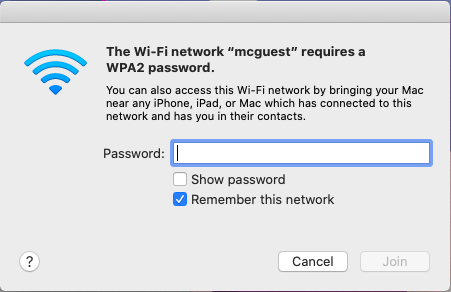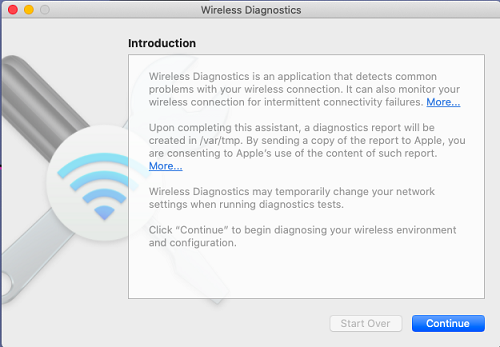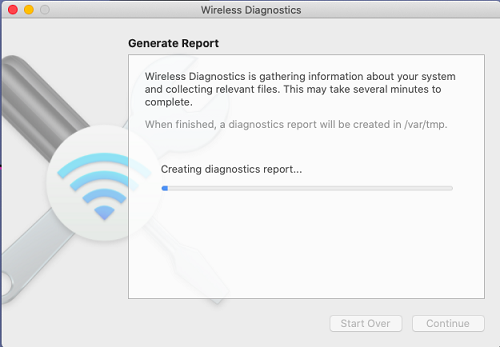If you're experiencing issues with your internet on your Mac, there are quite a few things you can try to fix those problems.
The first thing to try is to reboot your router/modem to make sure they aren't causing the issue. A simple reboot could fix the problem within a minute. If your computer is plugged directly into your router with an Ethernet cable, make sure the wire is securely in the back of your computer and router/modem. You can also try another port on the back of your router.
If you are getting an invalid password message when trying to connect to your Wi-Fi, remember that wireless passwords are case sensitive. You can typically find default passwords and SSIDs (network names) written on a label on the router. If you try that and the password is still incorrect and you are not sure what it is, contact your Internet Service Provider for assistance with retrieving your wireless password.
If those quick tips don't help, there are a variety of methods to try to get the Mac back online:
1. Check your other devices that are connecting to the same network. If other devices are experiencing issues or not connecting either, contact your Internet Service Provider.
2. Reboot the Mac first by opening the Apple menu and selecting Restart… from the menu. Do not reopen windows upon logging in. Try the connection again after restarting.

3. Reset the DRAM/NVRAM. First, shut down the computer. Locate the Option, Command, R and P keys on your keyboard. Press the power button to turn the computer on, then immediately press and hold these four keys together until it boots back up. You can let go after about 20 seconds, during which you may see your Mac restart.

4. Forget the network and reconnect to it. To do this:
a. Go to the Apple menu and select System Preferences.

b. Click on Network.

c. Select Wi-Fi on the left and then select Advanced…

d. Select your Wi-Fi and then click on the minus sign below the list to remove it.

e. Close that window. Click the wireless icon on the top-right corner of the screen and then click your Wi-Fi network. If it has a lock icon, you will need to enter the network password. Type it in and click Join.

5. Next, run Wireless Diagnostics. To do this:
a. Hold down the Option key on your keyboard and click on the Wireless Icon. Select Open Wireless Diagnostics…

b. The Wireless Diagnostics window will open with the Introduction. Click Continue.

c. Wireless diagnostics will perform an initial scan of the network. If nothing is detected, you have the option to monitor the Wi-Fi connection.

d. Fill in additional information regarding your network. Press Continue.

e. Wireless Diagnostics will create a diagnostics report. This can take several minutes.

f. Once finished, it’ll give you a summary of the diagnostics that you can review. When you are finished, click on Done.

6. If you're using Wi-Fi but your Mac has an ethernet port, try using an ethernet cable and plugging directly into your router instead. If the issues go away when using an ethernet cable, and none of the previous steps fixed your wireless issues, it is possible there are hardware issues with your wireless adapter.